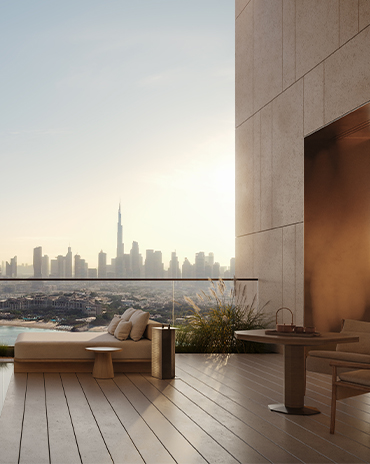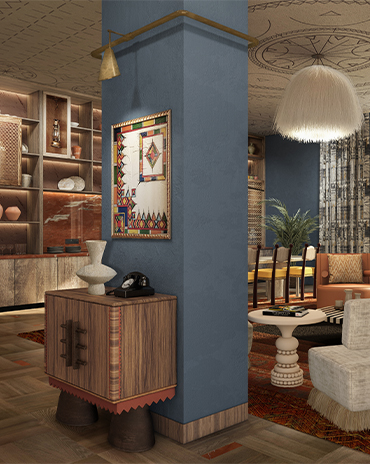Copyright © 2025 Motivate Media Group. All rights reserved.
Flavie Audis’ first solo show of collectible design poses questions around Earth’s resources
Terra (In)firma was showcased at Milan's famed Nilufar Gallery
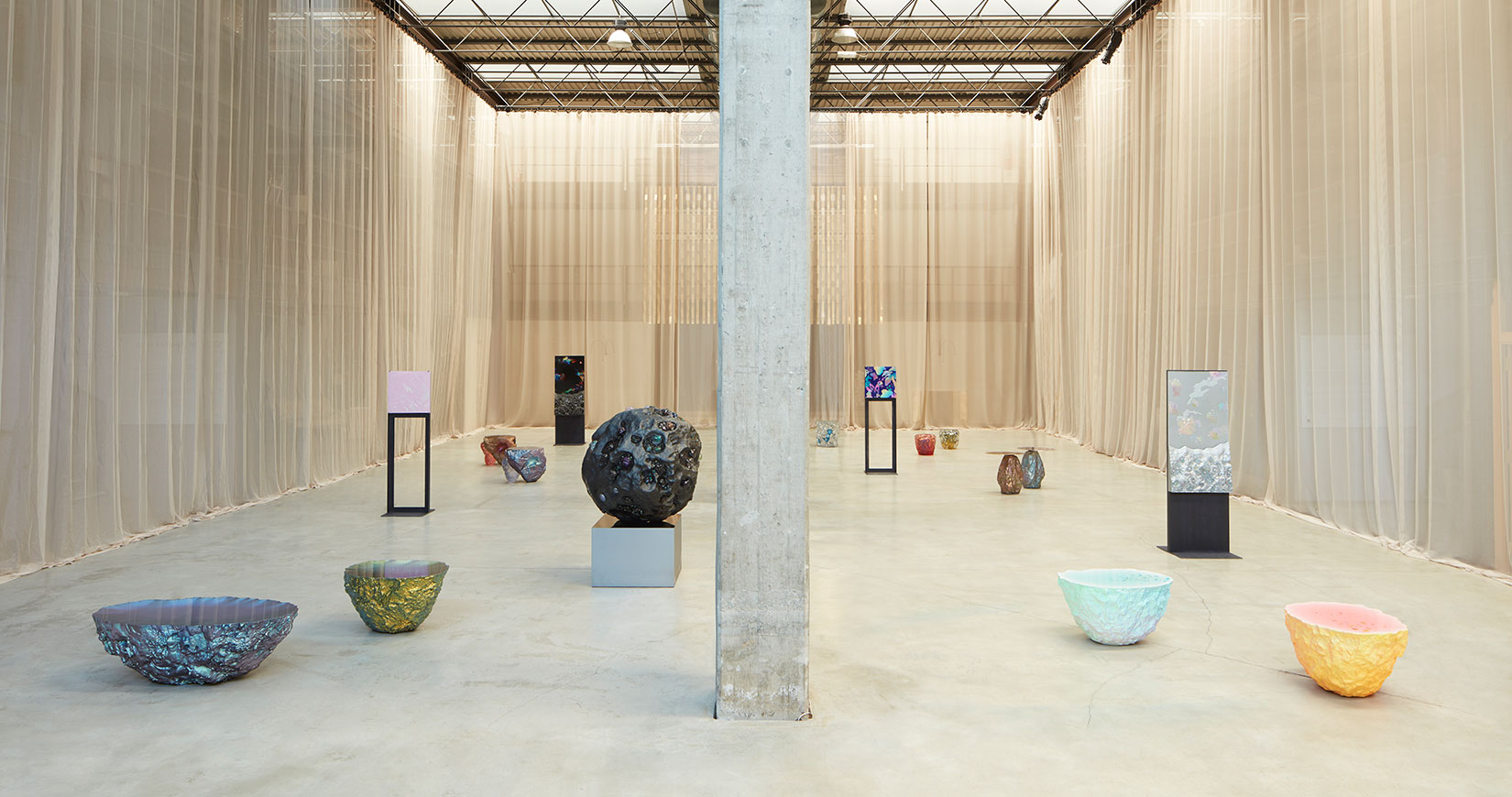
Lebanese-French artist Flavie Audi’s first solo show at Italian gallery Nilufar is Terra (In)firma, which imagines a post-human topography where interplays of real and virtual, natural and synthetic and fluid and solid combine to pose questions surrounding the Earth’s resources, human interventions and technology. identity speaks to Audi to learn more.
How did the ideas behind this exhibition develop?
The show at Nilufar reveals the delicate, vulnerable and unstable state of our territory due to the over-abusive exploration of the planet, and questions our position within the Anthropocene. Terra (In)firma seeks to destabilise our encounter with the terrestrial and imagines a post-human topography. Rocks, symbols of solidity, become disorientating with the fluctuation of light due to their iridescent and reflecting surfaces. In navigating this uncanny plain, we encounter fragments of hyper-liths dispersed through space, rupturing our sense of stability. Rocks become fluid, tilting on their axes, conglomerating. Forms caress and nudge each other in tender relations. Digital aesthetics warp our sense of material nature, hybridising the organic and synthetic. Ultimately, Terra (In)firma confronts us with the Promethean dilemma; should the Earth be treated as a resource whose utility is determined primarily by human needs? Can human technology overcome our environmental problems? Terra (In)firma not only evokes the vulnerable and unstable state of the planet, but also the contradictions of our dual dependency on nature and technology, with its ongoing battle between the physical and digital worlds.

How are the pieces produced? What materials do you predominantly work with?
All the works are fabricated in various workshops across the UK. Technically, it starts with digital modelling, then CNC and 3D printing of shapes and tools, and going through the manual process of moulding and casting. Depending on the type of cast material, the surface will be polished, or spray-painted and then lacquered. The spray work is done by hand. I experiment with pigments and surface effects to echo a certain digital aesthetic. Often, happy accidents and experimental discoveries reshuffle the choreography of the process.
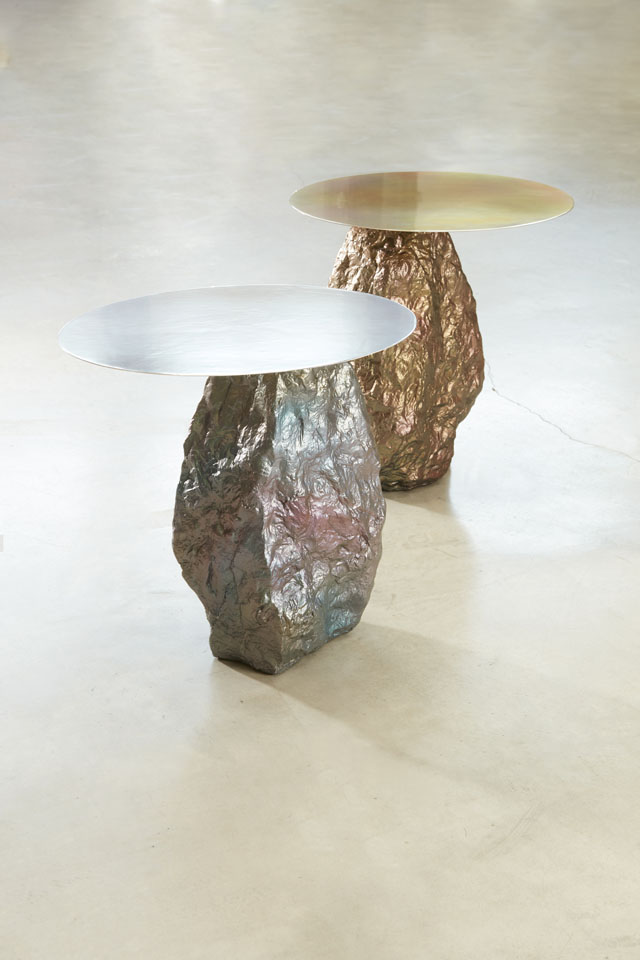
My interest lies in the combinations and alliances of digital techniques with craftsmanship. What fascinates me the most is not the traditions, technologies and conceptual concerns themselves – but how these different influences are linked together.

For Nilufar’s solo show, I have Iayered several surfacing processes. The bridging of diverse digital techniques with traditional craftsmanship reveals a certain ambiguity. The man-made and the industrial robotic manufacturing processes are blurred. The work looks earthy, naturally aquatic and digitally rendered – all at the same time. I strive to keep a certain mystery behind the works. In the show at Nilufar, there was no predominant material. Pieces are in bronze, resin, steel, silver, fibreglass, glass, paint.
Can you talk about the significant choice of colour in the pieces?
The significant choice was the use of iridescent colours. Throughout the show, there is the recurring use of iridescence on surfaces. We live in an era of iridescence, in constant oscillation between physical and virtual, never fully in the physical and never fully in the virtual. We are shifting between the realms, in the same way colours are shifting on an iridescent surface. I manipulate colours so they appear formless and in a continuous state of flux, suggesting indeterminacy and limitlessness. Iridescent pigments are shapeshifters and never static, as they transform with each changing position of the viewer’s body.

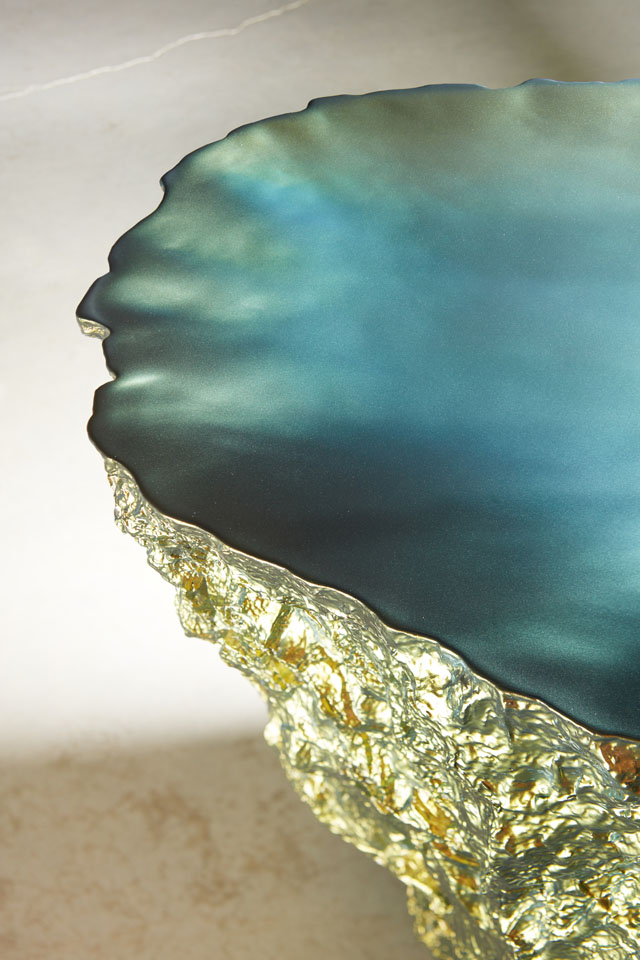
What inspires your work?
I am often guided by an adoration for a sense of wonder with the world, and inspired by the spiritual significance of landscape fragments such as gongshi, suseiki and Japanese rock gardens. At the moment I am particularly inspired by Hydrofeminism theories, solidarity between watery bodies. My inspiration comes from an accumulation of material experiments and explorations of digital modelling and fabrication techniques. The digital tools we have today are so powerful in shaping our reality, and I think about their potential to create new forms and attribute new behaviours to future geologies and landscapes. How can these tools be a catalyst for new contemporary aesthetics?
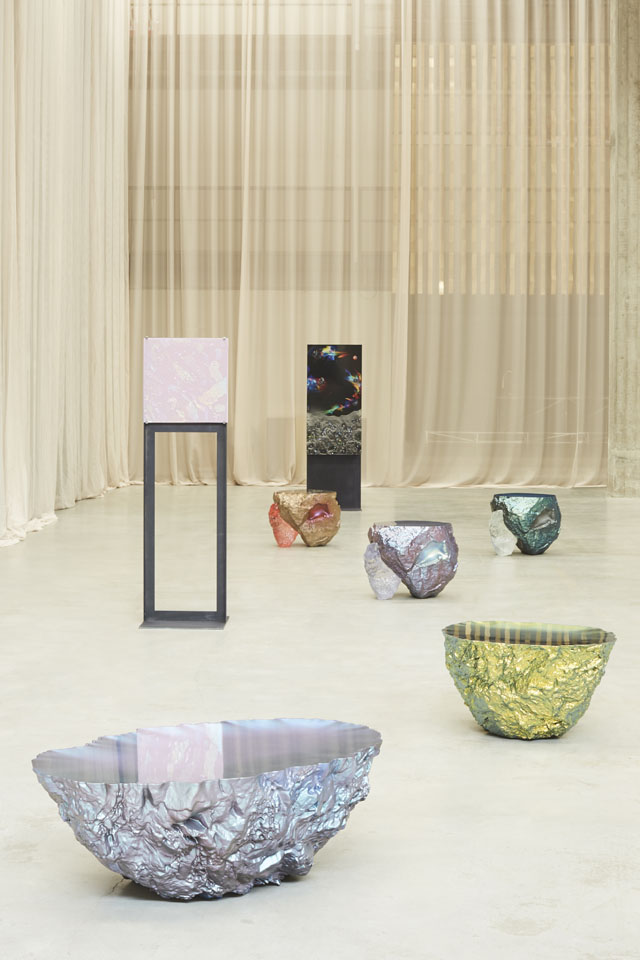
Photography by Mattia Iotti
The Latest
A Sense of Sanctuary
We interview Tanuj Goenka, Director of Kerry Hill Architects (KHA) on the development of the latest Aman Residences in Dubai
Elevated Design
In the heart of Saudi Arabia’s Aseer region, DLR Group has redefined hospitality through bold architecture, regional resonance and a contemporary lens on culture at Hilton The Point
Turkish furniture house BYKEPI opens its first flagship in Dubai
Located in the Art of Living, the new BYKEPI store adds to the brand's international expansion.
Yla launches Audace – where metal transforms into sculptural elegance
The UAE-based luxury furniture atelier reimagines the role of metal in interior design through its inaugural collection.
Step inside Al Huzaifa Design Studio’s latest project
The studio has announced the completion of a bespoke holiday villa project in Fujairah.
Soulful Sanctuary
We take you inside a British design duo’s Tulum vacation home
A Sculptural Ode to the Sea
Designed by Killa Design, this bold architectural statement captures the spirit of superyachts and sustainability, and the evolution of Dubai’s coastline
Elevate Your Reading Space
Assouline’s new objects and home fragrances collection are an ideal complement to your reading rituals
All Aboard
What it will be like aboard the world’s largest residential yacht, the ULYSSIA?
Inside The Charleston
A tribute to Galle Fort’s complex heritage, The Charleston blends Art Deco elegance with Sri Lankan artistry and Bawa-infused modernism
Design Take: Buddha Bar
We unveil the story behind the iconic design of the much-loved Buddha Bar in Grosvenor House.
A Layered Narrative
An Edwardian home in London becomes a serene gallery of culture, craft and contemporary design





